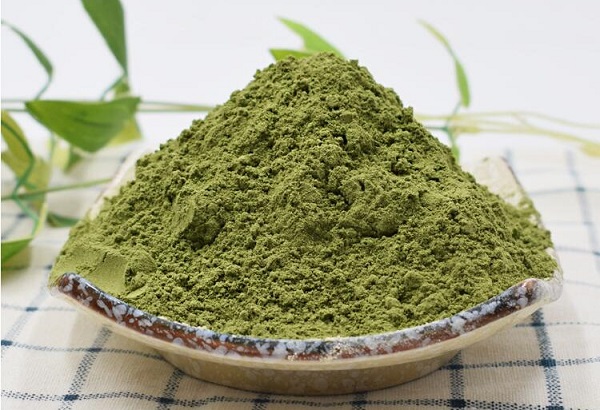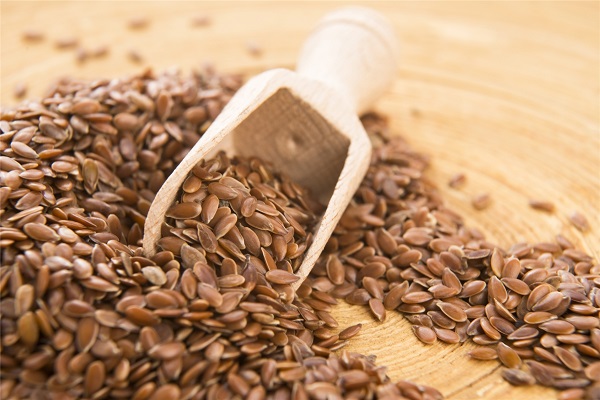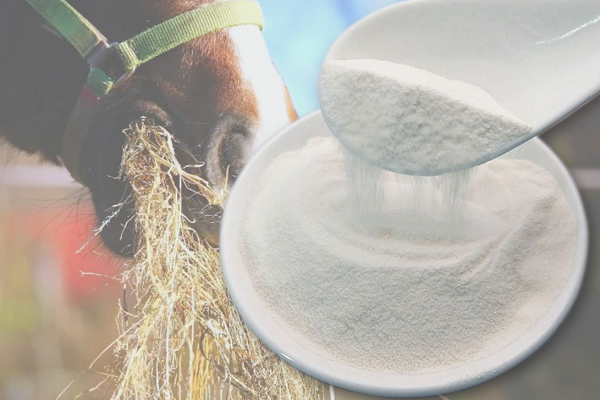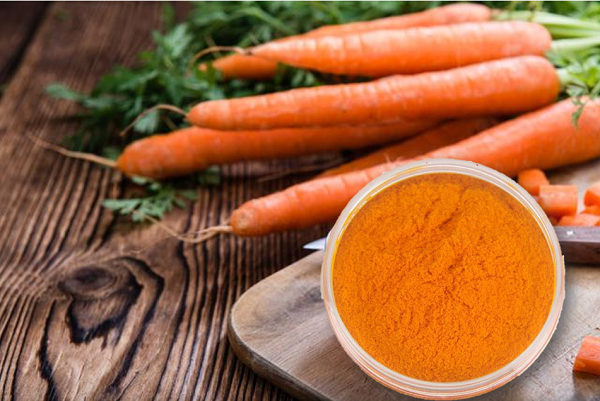Follow Us:
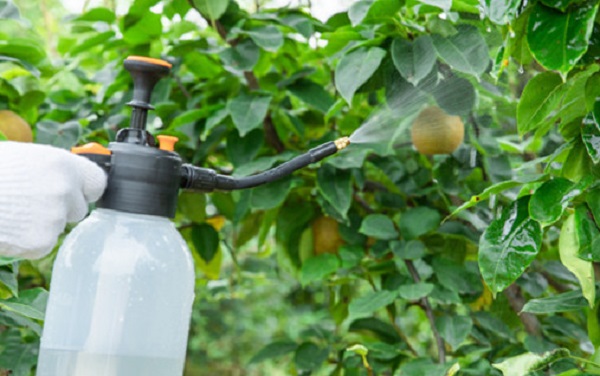
Bulk Toosendanin: For Botanical Pesticide Formulations
As global agriculture moves toward safer and more sustainable crop protection, the demand for botanical pesticide raw materials has grown rapidly. As a botanical pesticide manufacturer, we often get asked about toosendanin and why it has become such an important ingredient in eco-friendly formulations. Toosendanin is a limonoid-type triterpenoid, it’s one of the most effective plant-derived insecticidal compounds, thanks to its broad-spectrum activity and natural safety profile.
In this article, we want to share our insights on bulk toosendanin, including its extraction, applications, market trends, and why it’s become an essential component in modern biopesticide formulations.

What Is Toosendanin and How Does It Work?
Toosendanin is a natural triterpenoid compound extracted primarily from the bark and fruit of Melia toosendan Sieb. et Zucc., a plant commonly known as the Chinaberry tree. It’s recognized as a powerful botanical insecticidal ingredient due to its strong biological activity against a wide range of pests. Unlike chemical pesticides, toosendanin leaves no harmful residues, breaks down naturally, and has minimal risk of resistance development, making it an ideal fit for organic farming and IPM (Integrated Pest Management) systems.
Its mechanism of action is primarily neurotoxic—toosendanin disrupts an insect’s central nervous system, blocks neurotransmission, and interferes with molting and feeding behaviors. This leads to paralysis and death, often within hours.
Key Advantages of Toosendanin in Botanical Pesticide Formulations
Formulators in the pesticide industry increasingly choose toosendanin because of its multi-functional advantages in both performance and sustainability:
- Broad-spectrum efficacy: Effective against various insect pests, including lepidopteran larvae, aphids, beetles, and caterpillars.
- Low toxicity to humans and animals: Ideal for use in eco-friendly or organic crop protection products.
- Biodegradable and residue-free: Leaves no persistent pollutants in soil or water.
- Resistance management: Helps reduce dependency on synthetic pesticides.
- Synergistic potential: Works well when blended with other botanical insecticides such as toosendanin, matrine, or pyrethrin.
- Excellent formulation flexibility, compatible with emulsifiable concentrates, wettable powders.
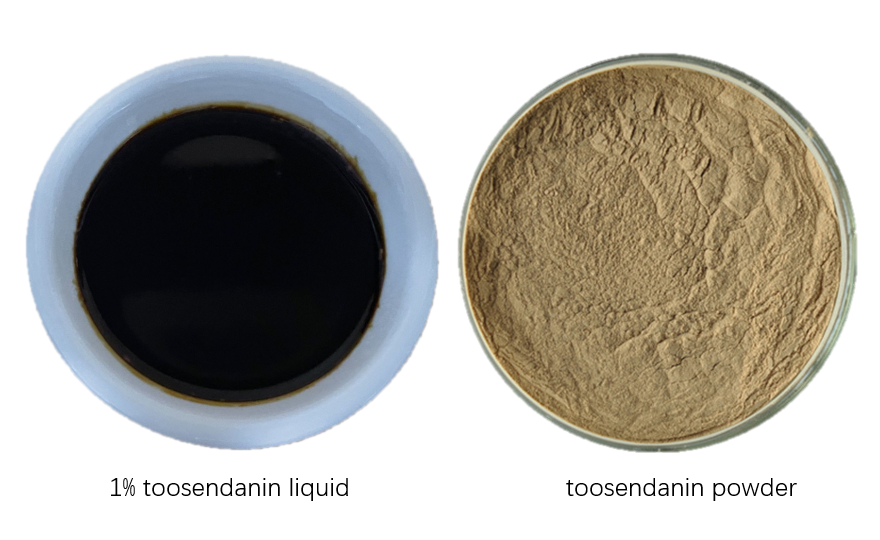
How is Toosendanin Produced?
Producing high-quality bulk toosendanin powder requires careful control at every stage. The process generally includes:
- Raw material(bark or fruit) drying and grinding
- Solvent extraction (commonly ethanol or methanol)
- Concentration and filtration
- Purification using chromatography or crystallization methods
- Drying and powder formulation
The bark contains a high amount of toosendanin, which can be extracted into a stable, high-purity extract with potent insecticidal activity and good solubility, making it suitable for pesticide formulations and a major source of commercially produced toosendanin. The fruit contains moderate concentrations of toosendanin and other secondary metabolites, such as triterpenoids and alkaloids. The toosendanin in the fruit shows faster knockdown effects on soft-bodied insects like aphids and planthoppers, though it may be less stable under high-temperature processing. Often used in combined botanical pesticide formulations, where synergistic compounds enhance performance.

Applications of Toosendanin in Crop Protection Products
Toosendanin is a versatile active ingredient that fits a wide variety of agricultural and horticultural pest control products.
Common Product Types:
- Emulsifiable concentrates (EC): Offer quick absorption and easy field application.
- Wettable powders (WP): Provide high stability and broad compatibility with other pesticides.
- Oil-based botanical blends: Improve leaf adhesion and resistance to rain wash-off.
Target Pests Controlled by Toosendanin:
Rice leaf rollers and planthoppers, cotton bollworms, diamondback moths, aphids and beetles, leaf miners and thrips
Crop Use Cases:
Toosendanin is widely applied on vegetables, fruits, tea, rice, cotton, and ornamental plants. In addition, it’s increasingly used in:
- Stored grain protection, to prevent infestation during long-term storage.
- Forestry pest management, especially for defoliators and borers.
- Public health insect control, when combined with other botanical actives.
Market Demand and Trends
Driven by tightening chemical pesticide regulations and rising consumer demand for residue-free food, the toosendanin market has seen annual growth of over 10% in recent years. Its demand is especially high in:
Asia-Pacific: China, India, and Japan lead in large-scale biopesticide adoption.
Europe: Increasing organic certification requirements are boosting toosendanin imports.
South America: Brazil and Argentina are expanding natural pesticide use for soybean and fruit crops.
Manufacturers are investing in new formulations that combine toosendanin with toosendanin, matrine, or pyrethrin to achieve synergistic insecticidal effects. These innovations strengthen toosendanin’s position in the biopesticide raw material supply chain.
For distributors, bulk toosendanin represents a lucrative addition to their product portfolio. Offering high-quality, well-documented botanical actives gives them a competitive edge in supplying environmentally responsible pesticide manufacturers.

Regulatory and Safety Aspects of Toosendanin Use
As a naturally derived pesticide ingredient, Toosendanin must still comply with national and international regulatory standards. Toxicological studies confirm its low mammalian toxicity and biodegradable nature, ensuring environmental safety. However, manufacturers must ensure all formulations comply with local pesticide registration standards.
Formulation Tips
Toosendanin often performs best when used in combination with other botanical insecticidal ingredients. For example:
*Toosendanin + Azadirachtin: Enhances pest repellency and larval inhibition.
*Toosendanin + Matrine: Improves speed of action and overall control spectrum.
*Toosendanin + Pyrethrin: Broadens insect coverage and enhances knockdown effect.
Why Manufacturers and Distributors Prefer Our Bulk Toosendanin
At Shaanxi Green Agri Co., Ltd., we specialize in producing and supplying high-quality botanical pesticide materials for global pesticide manufacturers and distributors.
We supply 1% toosendanin liquid, toosendanin powder in custom sizes. Our advantages include:
- Purity and assay levels: High-purity toosendanin with strict QC testing.
- Source verification: Raw material traceability from Melia toosendan cultivation areas.
- Production capability: Large-scale extraction facilities for stable supply.
- Technical support: Assistance with formulation guidance and stability testing.
- Documentation: Availability of COA, MSDS, and export documentation.
Contact us at info@greenagribio.com now for the best quote, samples, and COA to help you achieve greater profits!
Also See
Matrine vs. Synthetic Pesticides: A Comprehensive Comparison
Embrace Rotenone for a Sustainable Future
Rotenone Powder For Sale: Aquaculture of Application & Dosage
Reference:
https://www.sciencedirect.com/science/article/abs/pii/S0048357524004826
https://pubmed.ncbi.nlm.nih.gov/41107206/














